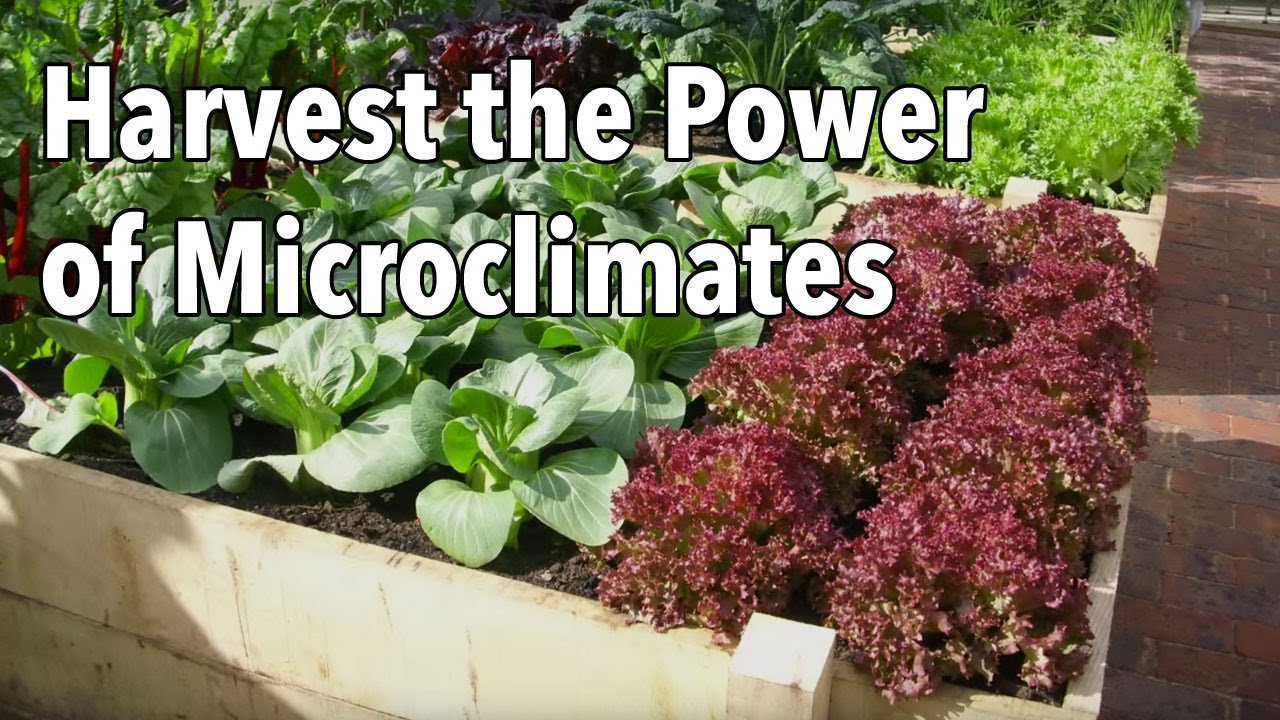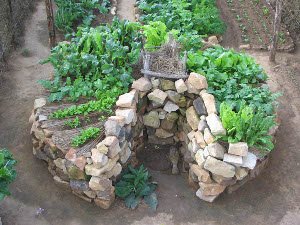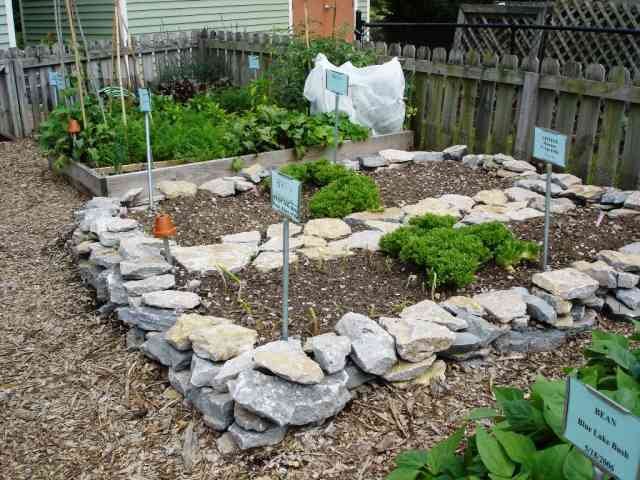I am a person that like to defy the odd's, so living in Canada with a naturally short summer, we can't get creative with growing things outside for very long. I have discovered that there are ways to extend or start our growing earlier just by identifying your landscape possibilities to create a microclimate. Follow me to learn more.
Microclimate -A microclimate is a region in the landscape may hold a warmer environment or colder, drier or wetter than the rest of the property. It is the elements: air, sun, water, earth and space. It is essentially, a local atmospheric region where the climate is different from the surrounding area. This may be refer to as zones as small as a few square meters (for example a corner of your garden) or as large as a few square kilometers (for example a valley).

There are Five conditions that affect microclimates: Temperatures, Exposure of the sun, Humidity Distribution, Air Circulation and Soil Structure.
Temperature:
One way to establish a warmer microclimate for early spring or late fall is to place shade like trees on the north side of your gardens. This will raise the heat level you can get from the sun, by absorbing the heat during the day and then emitting it at night.

Humidity:
Plants also release humidity into the air. In your garden you can take advantage of that by putting drought tolerant plants at the edge of a grouping and those that need a higher humidity in the center of the bed. That way the plants that need more moisture will benefit from that released by the drought tolerant plants that surround it.
Air Circulation:
You may be able to determine that high points in your landscape are quite frost free. The point being: plants that need heat belong on higher ground. Plant trees or shrubs in areas that get high winds if you need to create an area that is safe for those tender plants.
Soil Structure:
Learning about the structure of your soil will also help indicate which plants will prosper. Loam is a rich soil consisting of a mixture of sand and clay and decaying organic materials. It is quite high in nutrients to grow healthy plants.
I also discover than generally sandy soil is around 2 to 3ºC warmer than peat or clay soil. So laying sand over the surface of the soil is another way of increasing the temperature in colder climates.
One example of how to alter you Microclimate is that you can build a rock garden in that dry sunny place? Large rocks or boulders absorb heat during the day and release it at night. They can be used to block the wind. A plant from one zone warmer might be able to thrive in such a place.


This is an excellent example of using a Progressive Use Microclimate

Establishing a Microclimate either in your home or landscape can be a lot of fun, as it is constantly a science experiment with sometimes amazing results. Be daring and challenge yourself to grow a vegetable or fruit from a different zone not hardy to your region and see what happens.
Happy Trails
Image Sources:
http://www.raw-food-health.net/RaisedVegetableGarden.html
http://www.total-gardening.com/30-09-2008cr.html
https://www.monticello.org/site/blog-and-community/posts/jefferson%E2%80%99s-progressive-use-microclimate
http://climate.ncsu.edu/edu/ag/Temperature
